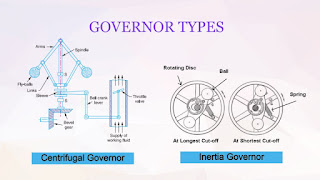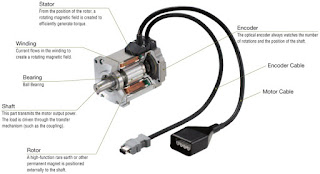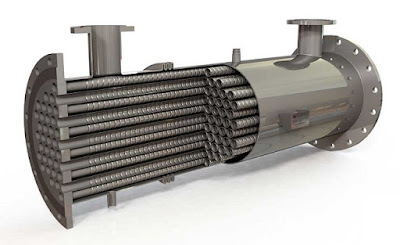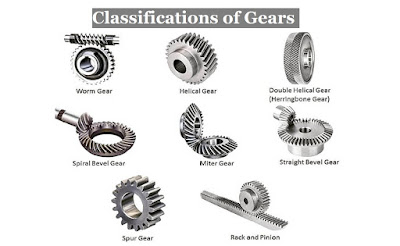1. Chain Drive
This is the drive system that an overwhelming majority of motorcycles implement. The sprocket connected to the gearbox output shaft is the driving sprocket and the one at the rear wheel is the driven sprocket, both are connected through a chain, which also comes in a variety of designs, but we’ll leave that discussion to some other day.
Now a chain drive system requires you to tighten it from time to time as the chain has a tendency to increase in length with time. There is an in-built provision in the swing-arm in motorcycles with chain drive systems to allow the rear wheel to move backwards by a limited extent. One has to check the motorcycle every 500-700 km for slack and adjust it if required. In addition, since chain drive systems are generally open to the elements and catch a lot of dust and grime, they have to be cleaned and lubricated every 500-700 km. This makes chain drive systems pretty service intensive and bothersome to an extent. Chain drive systems are also quite noisy, especially when the chain loosens. In addition to the regular maintenance they require, chain drive systems also need to be replaced every 15,000 to 25,000 km, depending on factors such as power output of the motorcycle, usage patterns and maintenance levels.
2. Belt Drive
A belt drive system isn’t as common as a chain drive system, though in terms of popularity, it stands at a distant second position. This setup comprises of a driving pulley towards the gearbox output shaft and a driven pulley at the wheel – the two pulleys are connected by a belt which has teeth, or grooves on the inner side, matching the grooves on the outer side of the pulleys. The belt is made of a rubber-like, but mostly a very strong synthetic material which lasts a very long time. Modern drive belts are strengthened with steel wires inside and Kevlar coating outside – such belt systems can last really long. You can expect a well maintained belt drive on a motorcycle to last in excess of 100,000 km or even more. Unlike chain drive, which requires very frequent cleaning, tightening and maintenance, belt drives are relative maintenance free.
Seems too good to be true, doesn’t it? So if a belt drive system offers so many advantages, then why aren’t they used more commonly? Well, as the case with every good thing in the world, they have their own downsides too. Belt drive systems are essentially costlier to produce than a chain-sprocket system. Secondly, the power loss during the transmission, depending on how the system has been set-up, ranges anywhere from 9 to 15 percent, which is quite high compared to a chain drive system. Also, while a belt drive system does not require regular maintenance, if ever the belt or any other components of the system give way, they are much more expensive to replace than the chain and sprocket setup.
Belt drives are generally used in cruisers where they offer noise-free, smooth transmission for long distance riding. Since comfort and smoothness is more important here as compared to performance or fuel efficiency, the belt drive system lends itself well to the application.
3. Shaft Drive
shaft drive systems are the most expensive of the three systems we have here, and by some margin. They are, however, the sturdiest of the three, very smooth, and hardly ever need any maintenance. If designed and engineered well, drive shafts often last the life of a motorcycle without requiring any servicing or maintenance whatsoever. This system, as the name suggests, comprises of a shaft that’s connected to the gearbox output via a universal joint, which is essentially a coupling that facilitates transmission of rotary power at any selected angle. At the other end, the shaft is connected to the rear wheel hub via a spiral bevel gear. The bevel gear turns the direction of rotation of the shaft by 90 degrees to make the wheel turn. This entire drive system is bathed in oil for lubrication and sealed to protect it from any external elements, which makes it totally maintenance free.
Since shaft drive systems are heavy, expensive, and by themselves require more torque to work efficiently, they are not used on low-capacity or economy oriented motorcycles. They are used on large capacity (generally 600cc or above) motorcycles which produce good amounts of torque. Also, since shaft drive systems are very sturdy and reliable, they are often used in motorcycles built for the purpose of adventure, sports touring or adventure touring.These systems lose a lot of power during transmission. They are the most inefficient of the trio we have here and may bleed from 20 to 25% of the power by the time they transfer it to the rear wheel.



















Comments
Post a Comment